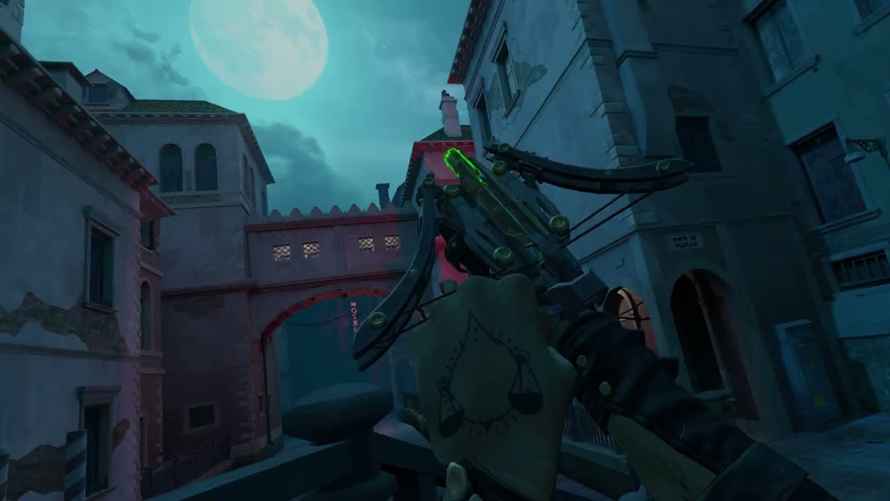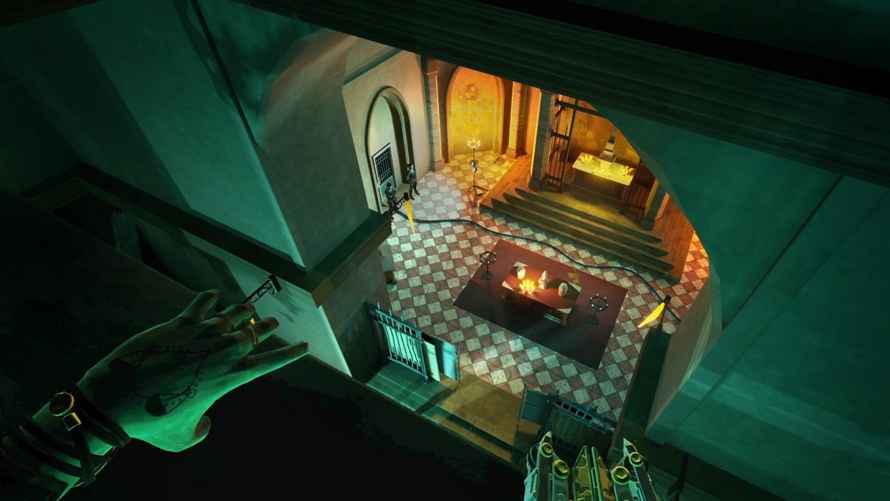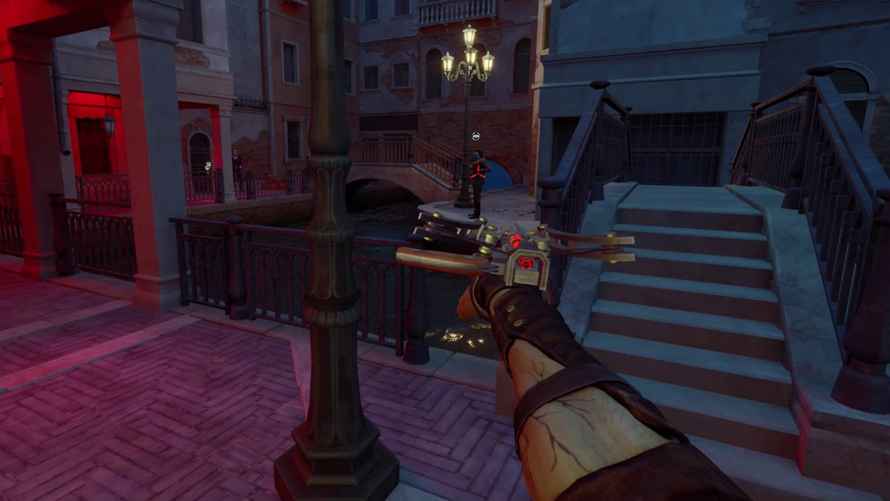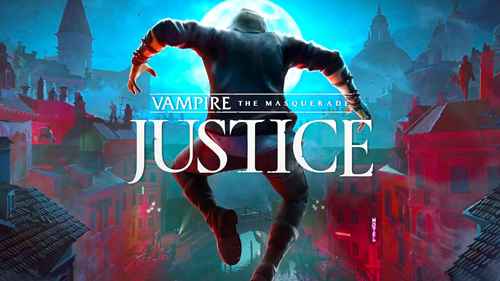Vampire: The Masquerade – Justice
It’s spooky season, which means all manner of ghosts, ghouls, and monsters come out of the shadows in search of…well…candy. But even if it wasn’t Halloween, I’d be interested in playing Vampire: The Masquerade-Justice. I’m a big fan of the World of Darkness/Vampire: The Masquerade. While licensed tie-in videogames have been variable in quality, there’s always hope. Besides, I just got the Meta Quest 3 and I’m hungry to sink my teeth (as it were) into something other than Beat Saber.
In Vampire: The Masquerade-Justice you play as a vampire from the clan Banu Hakim. Your sire has met the True Death (i.e. murdered), so you travel from New York to Venice, Italy. Of course, this is not the Venice of daytime tourists and romantic rides through the canals. It’s Venice draped in darkness and danger, shadows and shadowy people, living and undead.
Blink and You’ll Miss It
Justice is primarily a stealth-action game, with some puzzle and RPG elements as well. You blink/teleport around the environment, hiding in the shadows and listening to conversations, looking for clues to the murder and speaking to a variety of characters. There’s a good use of environmental storytelling, as you’re always on the lookout for notes, photos, and items that give you direction and information. Your investigation leads you on a tour of Venice’s stately old mansions, underground catacombs, and labyrinthine canals.
Players can elect to play Justice as a stealth game, avoiding violence as much as possible, or play a bit more aggressively, using your vampiric powers to decimate a wide swath of enemies and NPCs as you search for your sire’s killer. As Justice, you have a pretty useful selection of tools. Justice can use a mini-crossbow and a selection of arrows, some with status-effects like sleep. Naturally, Justice’s main weapons are vampiric, though, like the ability to teleport right behind a victim for a surprise kill. You can also cloak yourself, and set several types of traps.
You can’t be a total pacifist, however. You need to eat. All that teleportation and other activity drives up your hunger. You can snack on rats but your primary food source are people. Attacking a victim and sucking their blood is extra grisly fun in VR.

Everything’s Better in VR…
All this is a description of a pretty standard RPG, and it comes complete with XP and upgrade systems. Where Justice stands apart is the implementation of VR. As so often is the case with virtual reality games, the core mechanics are nothing new or special. It’s the immersion features that sell the experience.
In this regard, Justice does a good job of using what are now pretty standard VR tricks and moves. You can free-walk and run through parts of the world, or simply blink travel (which, given the vampiric nature of the character, actually makes sense for once). There’s a fair amount of shimmying up drainpipes, climbing to ledges, and going hand-over-hand across high spaces. Those players with a fear of heights, be warned. Happily, Justice can be played in both seated and room-scale standing modes.
Justice doesn’t support hand-tracking, unfortunately, so you’ll be using virtual vampire hands to manipulate objects, open doors, and use your weapons. It works relatively well, but there’s some reality-breaking awkwardness now and then when trying to reach for objects or examine them.
…Mostly Better, Anyway
Vampire: The Masquerade-Justice shines in the area of lighting and environmental art direction. They’re moody and evocative of mystery and danger. Up close, there’s not a huge amount of detail to textures or objects. Standing on a moonlit balcony in Venice is immersive and a convincing use of VR. On the Quest 3, everything is sharp and clear, with excellent color separation and rich contrasts.

Figure models — human or undead vampires — don’t fare as well. They ragdoll unconvincingly, and overall look like an artifact from a much earlier generation of game. This is especially unfortunate in those up-close bloodsucking encounters. Many enemies and NPCs are masked. Probably a good thing. Overall, the character models just reminded me that, while it’s a much better platform than the previous model, Quest 3’s GPU still lags pretty far behind the power of desktop PCs and current consoles. Performance was a little spotty, with the game crashing to the Quest’s home screen on several occasions.

Vampire: The Masquerade-Justice is a stealth-action RPG that’s a convincing fit for VR. The core gameplay is pretty standard, and character models are a bit disappointing, but its implementation in VR, coupled with excellent environmental design and lighting, help sell the experience. New Meta Quest 3 or PS VR2 owners with a taste for virtual blood will enjoy spending time in Venice’s virtual world of shadows.
***Meta Quest 3 code provided by the publisher for review***
The Good
- Excellent environments and lighting
- Convincing VR implementation
- Moody and atmospheric
The Bad
- Not great character models
- No hand tracking
- Some bugs and crashes
- Story and writing is just ok

